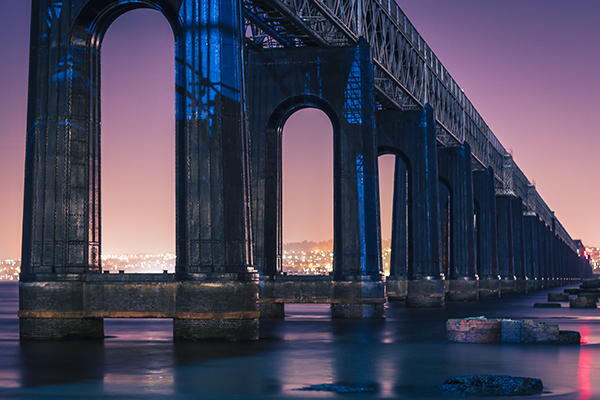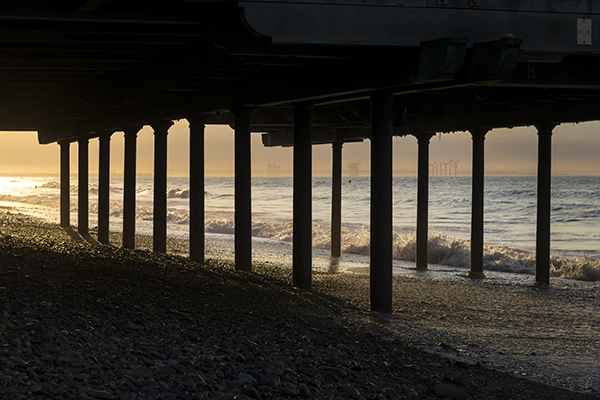Many societies around the world have been increasingly characterised by social division and an increased intolerance to difference. This depressing global situation led me to rethink what roles art can play in shaping public discourse and participation, in particular in relation to broader issues concerning diversity and the common good.
This blog demonstrates that art can be a tangible reminder for humanity; a powerful medium to spark discussion; and can shine a fresh light on controversial topics related to historical trauma, cultural identity, and politically sensitive issues. Artistic intervention in heritage buildings does not only help identify conflicts and facilitate connections between local communities in the public realm, but also creates intercultural, transnational dialogue with a global focus.
The practice of commissioning an artist to explore a historic place is so common nowadays. Such an art commissioning approach is now a global phenomenon. It can be seen almost everywhere, not only contemporary art biennales and festivals around the globe, but also many heritage preservation projects and organisations, whether it be in abandoned factories, listed historic buildings, or heritage sites. One typical example can be found in the case of National Trust, which has been commissioning artists to create work and present a view of the past in relation to the heritage sites in their custody. It is regarded as a fresh way to attract new audiences and encourage repeat visitors to experience the sites. It is also set out to facilitate community engagement and promote participation through building programmes around the artwork.
In many cities, governments put forward similar models that use an arts-based approach to help revitalise old buildings and cities. But they are often seen as business cases; considerations are primarily based on its financial value, rather than the intrinsic artistic or historic value. Many studies have been conducted to identify the social, economic, and physical impacts of arts-based approaches in revitalisation. Less has been researched or written on how this kind of revitalisation is related to the artistic creation, e.g. how the historical background of the buildings can help inform the creative process of artists, and thus play a role in engaging the audience on a deeper level.
As an ongoing research project, I have been developing a website (www.arthas.com.hk) that presents works by artists that exemplify the critical and creative relationships between heritage and contemporary art. The case studies that I included in the website (www.arthas.com.hk), look into experimental approaches that are conducive to reviving heritage sites and promoting active civic engagement. Through the case studies that are regularly updated it articulates some ideas and considerations (and perhaps controversies) surrounding the question of the topic.
The project aims to create a common ground that facilitates conversations across disciplines, in which the heritage and art sectors can reflect on their practices and develop new ways to bring the most significant and valuable aspects of the past into resonance with the present. More updates will follow soon. Please do visit the site regularly and get in touch with your ideas.
Related articles
-
Glasgow and Pittsburgh: cities of steel
Jamie Cooke
New partnership between two cities with a bright future.
-
Changing how we see heritage can help us build back better
Becca Antink
How the heritage sector is making a difference in local communities.
-
What does heritage mean to you?
Becca Antink
The RSA is working on how heritage can improve lives in local places. Here are our stories of what heritage means to us - what are yours?




Be the first to write a comment
Comments
Please login to post a comment or reply
Don't have an account? Click here to register.